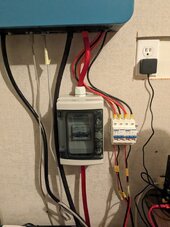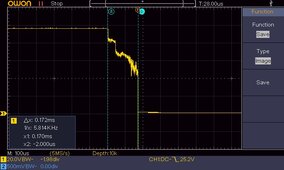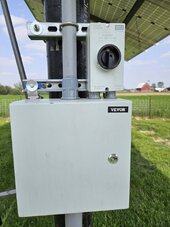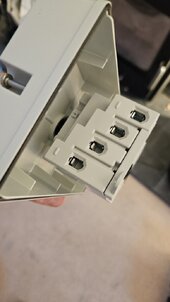Hi all, I wired up 2x strings to a DC disconnect made by Dihool (Chinese)... https://www.amazon.co.uk/Isolator-Disconnect-pre-wired-connectors-Waterproof/dp/B0B8YRBHHZ/
However, I'm aware that the cheap brands of DC disconnect increase the risk of fire. Even if the fire risk is low I'd like to make sure I use a very reputable/reliable disconnect, does anybody have any recommendations? Is the likes of the following ok, or still a bit cheap? https://www.tlc-direct.co.uk/Products/CMDX032DC.html
However, I'm aware that the cheap brands of DC disconnect increase the risk of fire. Even if the fire risk is low I'd like to make sure I use a very reputable/reliable disconnect, does anybody have any recommendations? Is the likes of the following ok, or still a bit cheap? https://www.tlc-direct.co.uk/Products/CMDX032DC.html






